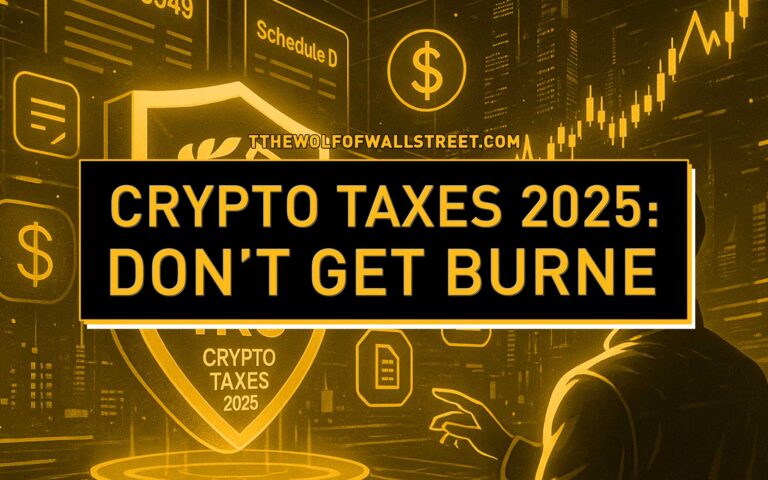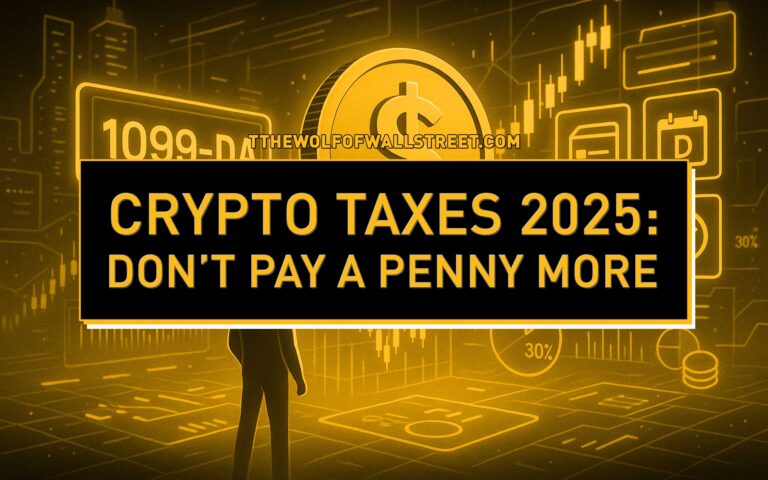Alright, listen up, because this isn’t some penny stock pitch – this is about understanding the fundamental drivers of the crypto market, the real money-making machine. We’re diving deep into the guts of how this game works. Forget your vague notions; we’re talking about market makers and market takers in crypto trading. These aren’t just fancy terms; they’re the difference between picking up pennies and printing money.
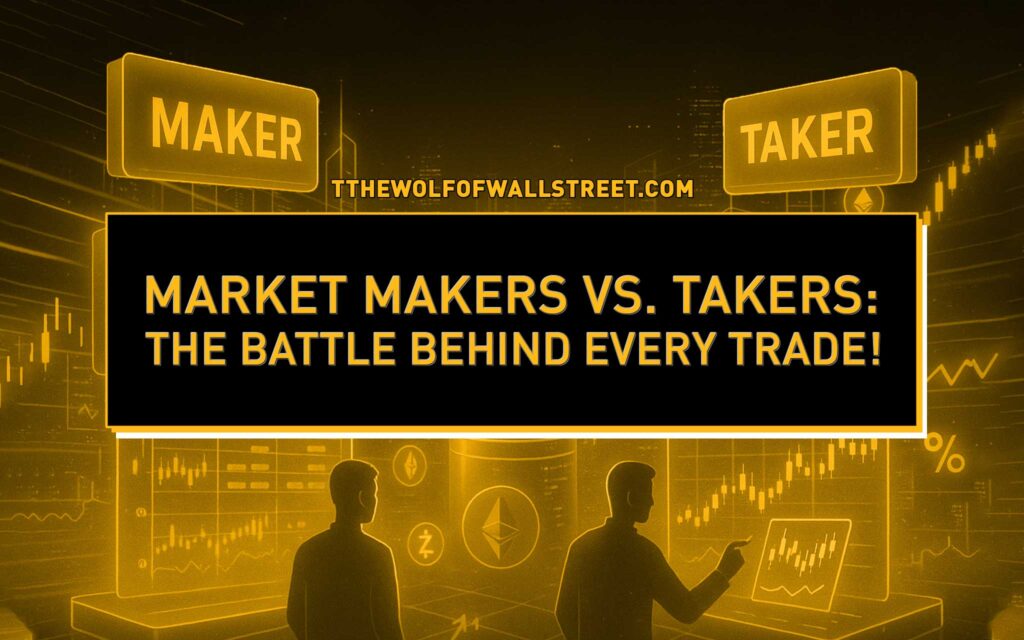
💰 The Crypto Game: Liquidity is King!
You wanna know the real secret to making serious bank in crypto? It’s liquidity. Without it, you’re dead in the water, trapped in a market where your assets are as good as worthless if you can’t move ’em. Think of it like this: if you can’t buy or sell significant amounts without causing a massive price swing, you’re not trading, you’re gambling with a blindfold on! That’s where market makers and market takers come in. They’re the indispensable gears in this magnificent machine, keeping the money flowing, ensuring there’s always a buyer for every seller and a seller for every buyer. Without these players, the crypto market would seize up faster than a cheap engine.
What is Liquidity Anyway? 🌊
It’s simple, really. Liquidity is the ease with which you can convert your cryptocurrency into cash, or cash into crypto, without causing a substantial impact on the price. Imagine trying to sell a rare painting in a small town versus a bustling art auction in London. Which one gives you a better chance of getting a fair price quickly? That’s liquidity. High liquidity means smooth sailing; low liquidity means you’re trying to push a battleship through a bathtub, and you’ll likely sink your own price in the process. You need to know this inside and out, because it directly impacts your ability to execute trades at the prices you expect.

Why Liquidity Matters for Your Bottom Line 📈
This isn’t academic fluff; this is about your profits. Liquidity directly translates to how much money you keep in your pocket.
- Tighter Spreads: This is crucial. A “spread” is the difference between the highest price a buyer is willing to pay (the bid) and the lowest price a seller is willing to accept (the ask). In a highly liquid market, this spread is razor-thin. What does that mean for you? Less difference between your buy and sell price, which means more profit for you on every single trade. Every fraction of a cent saved is a fraction of a cent earned.
- Faster Execution: You get in and out when you want to, not when the market decides to grace you with a fill. In the lightning-fast world of crypto, delays are costly. High liquidity ensures your orders are filled almost instantly, letting you capitalise on fleeting opportunities before they vanish.
- Reduced Slippage: This is a profit killer if you’re not careful. Slippage occurs when the actual execution price of your order deviates from the expected price. In illiquid markets, if you place a large market order, you might “slip” through several price levels, getting a much worse average price than you anticipated. High liquidity acts as a buffer, reducing the risk of painful slippage, crucial for protecting your capital and ensuring your strategies play out as planned.
🛠️ The Market Makers: The Architects of the Order Book
These are the guys who make the market. They’re like the dealers in a casino, always ready to take a bet, always quoting prices. They provide the bedrock for everyone else to trade, setting the stage for every transaction. They are the backbone of market efficiency.
What Do Market Makers Do? 💸
They are the active participants who place limit orders on both sides of the order book – they’re always ready to buy low and sell high simultaneously. Think of them as always having “buy” orders below the current market price and “sell” orders above it. They’re not looking for a massive score on a single trade; they’re looking to capture the “spread,” that tiny difference between the bid and ask price, over thousands, even millions, of trades. It’s a volume game, a game of razor-thin margins compounded by relentless execution. They are the ones effectively “creating” the market, making it easier for others to execute trades when conditions match.
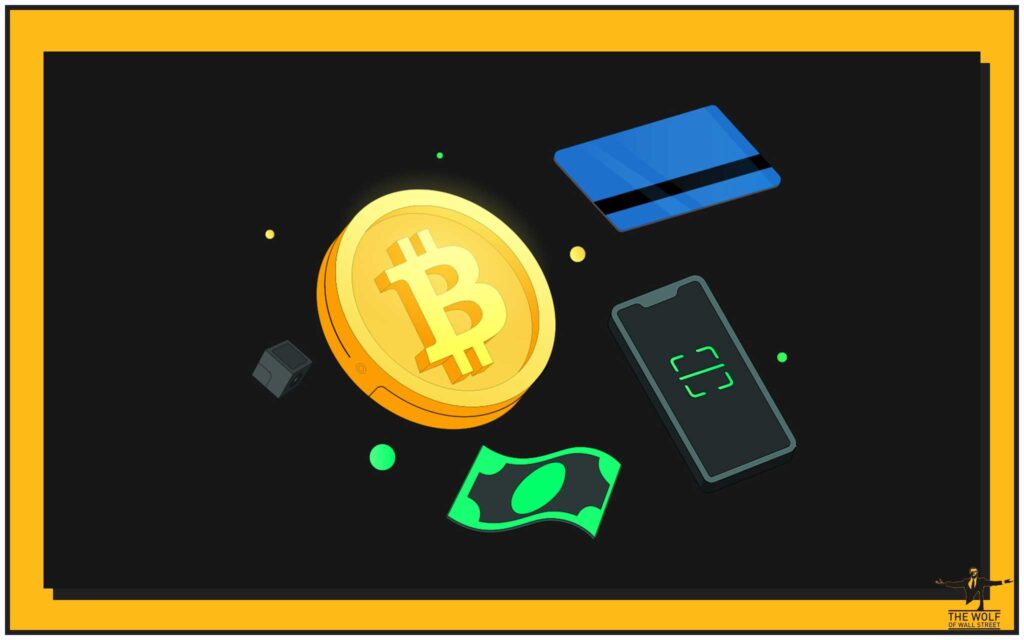
How Market Makers Get Paid (and Why Exchanges Love ‘Em) 🤝
Here’s where it gets interesting: exchanges give these guys a sweetheart deal. We’re talking about reduced trading fees, sometimes even rebates where the exchange actually pays them to trade! Why? Because market makers are providing the lifeblood of the exchange – liquidity. Without their constant flow of orders, the market would be a ghost town, an empty shell where nobody can trade efficiently. They’re keeping the party going, attracting more traders, and the exchanges are happy to foot part of the bill because it’s good for business. It’s like a tax break for doing the Lord’s work, crypto style – ensuring there’s always an exit or entry ramp available. This understanding is key to truly mastering crypto order types in trading.
🚀 The Market Takers: The Action Junkies
If market makers are the architects, market takers are the guys building the skyscraper. They’re the ones who hit the “buy” or “sell” button and demand immediate action. They are the consumers of liquidity, the ones who drive the immediate price movements.
What Do Market Takers Do? ⚡
They execute market orders, instantly filling against the existing limit orders that the market makers have placed on the book. They want to get in now or get out now, without delay. Time is money, and they’re willing to pay for the privilege of immediate execution. They’re not waiting around; they’re acting on conviction, or reacting to breaking news. Their trades “take” liquidity out of the order book.
Why Takers Pay More (and When It’s Worth It) 💲
Market takers usually pay higher fees compared to market makers. Why? Because they’re removing liquidity. They’re consuming the orders that the makers so graciously provided. They’re demanding immediate service, and immediacy comes at a cost.
But here’s the kicker: sometimes, speed is everything. If you’ve got a hot tip, a market-moving announcement just dropped, or you see a clear momentum play, paying a little extra to get in or out immediately can be the difference between a massive win and a crushing loss. It’s about seizing the moment, like when you know a stock is about to explode. You pay the premium because the potential upside far outweighs the added cost. Understanding when to be a taker is a crucial part of knowing when to sell crypto strategies or when to jump in.

🤝 A Symbiotic Relationship: Why They Need Each Other
This isn’t a zero-sum game, folks. Market makers and market takers aren’t enemies; they’re partners in crime, two sides of the same profitable coin. They create the dynamic tension that makes a market tick, ensuring constant price discovery and efficient trading.
The Dance of Supply and Demand 🕺💃
Makers put up the offers, takers gobble them up. Takers demand liquidity, and makers provide it. This constant interplay between passive limit orders and aggressive market orders creates the price discovery mechanism that defines any healthy market. Without makers, takers would have no orders to fill, no prices to hit. Without takers, makers would have no one to trade with, and their orders would just sit there gathering dust. It’s a beautiful, chaotic dance that fuels the entire crypto ecosystem, allowing for smooth transitions and accurate pricing. This is the very foundation of market efficiency, a concept vital to understanding all trading insights.
💡 The Real Deal: Liquidity Factors You MUST Understand
Don’t just nod your head and pretend you get it; internalize this. These factors directly impact your ability to trade and profit, your risk exposure, and ultimately, your financial success in the crypto market. Ignoring them is financial suicide.
Trading Volume: The Pulse of the Market ❤️🔥
This is your first check. High volume means lots of buyers and sellers actively participating, which naturally leads to high liquidity. When a coin is trading millions or billions in volume daily, you know there’s depth. Low volume? You’re playing in a pond, not an ocean. Trying to move serious capital in a low-volume asset is like trying to sell an ice cube to an Eskimo – you’ll distort the price and get a raw deal. Always check the volume before you jump into a trade; it’s the market’s heartbeat.
Number of Exchanges: More Roads, More Traffic 🛣️
The more reputable exchanges a cryptocurrency is listed on, the more opportunities there are for market makers and takers to operate. Each exchange represents a new pool of liquidity. More avenues for trading mean more overall liquidity and tighter spreads. It’s simple economics, but applied to the digital frontier. If a crypto asset is only on one obscure exchange, your liquidity options are severely limited. Want to understand deeper market dynamics and how tokens get listed? Check out our article on the crypto token listing process guide.
Market Depth: The Reserves Underneath 🕳️
This refers to the number of buy and sell orders at different price levels surrounding the current market price. A “deep” market has lots of orders lined up, both above and below the current price, meaning even large trades won’t cause a massive ripple or significant slippage. A “shallow” market, on the other hand, has very few orders, and even a modest trade can cause a violent price swing. You need to know when you’re wading in a puddle or diving into the deep end, because that determines how much capital you can deploy safely.
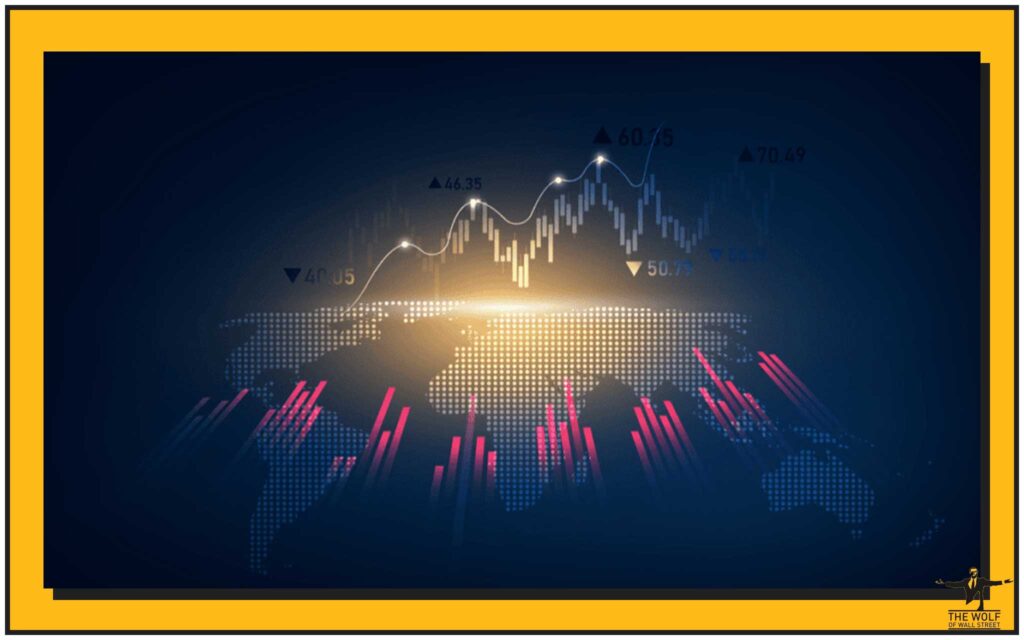
Asset Popularity: The Hype Factor ✨
Popular coins, the ones dominating the headlines and discussion forums, naturally attract more traders, which invariably leads to higher liquidity. Bitcoin, Ethereum, and other major altcoins are liquid because everyone is interested in them. Trying to trade some obscure altcoin with no buzz? Good luck finding a counterparty when you want to dump it quickly without crashing the price. Stick to where the action is, where the big money flows, or be prepared for a fight to get your orders filled at a fair price. Understanding popularity is key to identifying trending and hot opportunities.
🛡️ Risk Management: Protecting Your Capital, Always!
Even the best players in this game face risks. Understanding them isn’t about being scared; it’s about being prepared. It’s your first, second, and third line of defense against losing your shirt.
Risks for Market Makers: The Cost of Doing Business 📉
Market making isn’t a walk in the park. It demands precision, capital, and a stomach for volatility.
- Volatility Exposure: Crypto markets are notoriously volatile. Prices can swing wildly in minutes. Market makers, by constantly holding inventory (assets they’ve bought) and having outstanding sell orders, are constantly exposed to these price fluctuations. A sudden crash can leave them with inventory worth significantly less than they paid for it, leading to substantial losses if not managed expertly. It’s a constant tightrope walk.
- Inventory Management: This is critical. Market makers need to balance their holdings of various cryptocurrencies to ensure they can always meet demand on both sides of the order book. Too much of one asset, too little of another, and they’re vulnerable. It’s a delicate dance of assets and liabilities, requiring sophisticated algorithms and constant monitoring.
Risks for Market Takers: The Price of Speed 💨
While takers get instant execution, it comes with its own set of dangers.
- Slippage: We talked about this. The actual execution price can differ from the expected price, especially in fast-moving or illiquid markets. You ask for one price, you get another, and that difference can eat into your profits, especially on large orders. It’s the silent killer of many strategies.
- Higher Costs: Those fees, while seemingly small, can add up significantly over many trades. If your profit margins are thin, higher taker fees can quickly make a profitable strategy unprofitable. Every cent counts in this game, and you need to factor these costs into your trading plan. To navigate these risks, you need to master your order types and understand how to manage costs effectively. Learn how in our guide on Mastering the Crypto Market: Your Guide to Dominating with Order Types.
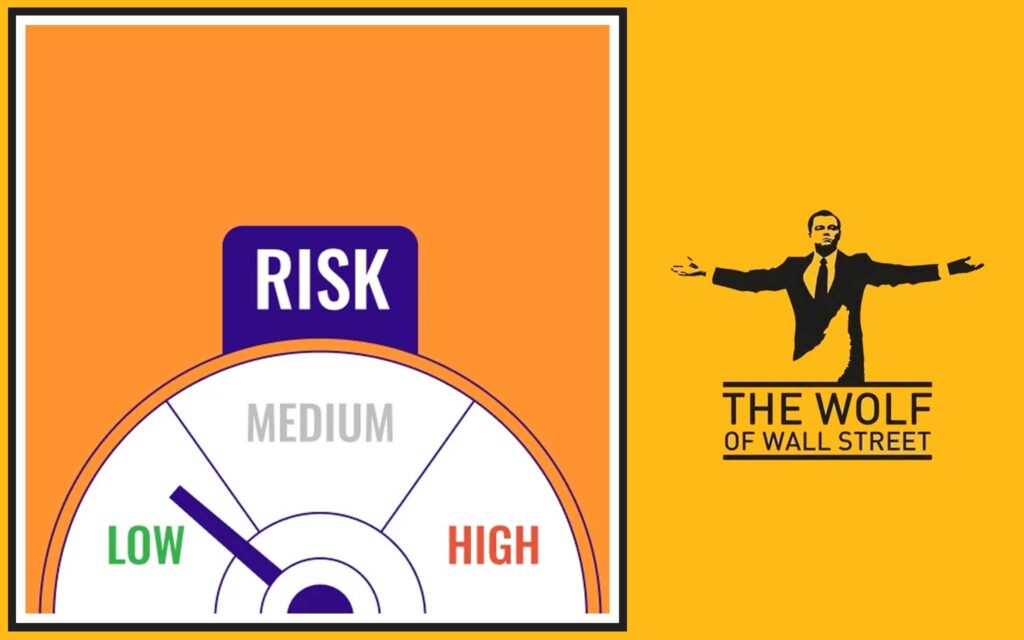
📈 Leveraging Your Understanding for Maximum Profit
Knowing is half the battle, but doing is where the real money is made. You’ve got this knowledge now; use it! This isn’t just theory; it’s your blueprint for success.
Tailoring Your Trading Strategy 🎯
Your understanding of maker and taker dynamics should directly inform your trading style.
- If you’re looking to scalp small profits consistently, capitalising on tiny price discrepancies, you might lean towards a market-making strategy. This involves placing limit orders and patiently waiting for them to be filled, aiming to profit from the bid-ask spread. This approach requires capital, patience, and often, automated systems.
- If you’re chasing momentum, reacting to news, or need immediate entry or exit from a position, you’re primarily a market taker. This means using market orders, accepting the slightly higher fees for the benefit of speed and guaranteed execution. Understand your own goals, your risk tolerance, and your time horizon, then adapt your approach. Don’t be a sheep; be a wolf, always seeking the most efficient path to profit. Want to refine your strategies and learn how to identify potential opportunities? Dive into our comprehensive guides on technical analysis tools like the Understanding Bollinger Bands for Trading Profit, The Ultimate RSI Guide for Crypto Traders: Dominate Trends Like a Pro, and MACD: Your Edge in Seeing Market Momentum. These tools can give you the edge to make informed decisions.
Optimising Your Fees: Every Penny Counts 💰
Don’t be lazy here. Always compare fee structures across different exchanges. Some offer tiered systems that reward higher volume traders with significantly reduced fees. Others have specific maker/taker fee schedules that might be more favourable depending on your primary trading style. Do your homework! A small percentage point difference in fees can accumulate into massive savings or losses over time. Don’t let hidden fees or poor fee structures eat your profits alive. You need to be as sharp on your overhead as you are on your trades. For more insights on how to maximise your earnings, even without selling, check out our guide on how to earn crypto without selling for passive income.
Mastering the Order Book: Your Map to the Gold Mine 🗺️
Learn to read the order book like the back of your hand. This isn’t just a list of numbers; it’s a real-time map of market sentiment and liquidity. See where the liquidity is concentrated, where the big players are placing their orders, where the walls of supply or demand are forming. This insight is pure gold. It tells you where prices are likely to find support or resistance, and where large orders might get executed. It’s like having a cheat sheet for the market, giving you a competitive edge. Understanding market depth from the order book is crucial for navigating volatile markets and making informed trading decisions.
🤖 The Rise of the Bots: How Automation Changes the Game

We’re in the 21st century, and the robots are getting in on the action. This changes things, but the core principles of market making and taking remain. Embrace technology, don’t fear it.
Algorithmic Trading and Market Making 📊
A huge chunk of modern market making is now fully automated. Bots, running sophisticated algorithms, can react faster, process more data, and maintain tighter spreads than any human ever could. They’re constantly adjusting orders, providing liquidity even in highly volatile conditions. This means more consistent liquidity for the market as a whole, which is generally a win for everyone. If you’re not using some form of automation or understanding its impact, you’re leaving money on the table. Discover how trading bots can revolutionise your strategy with our article on trading bots vs AI agents 2025.
Impact on Takers: Speed is Even More Crucial ⏱️
With bots making the market, human takers need to be even sharper. If you’re slow to react, those bots will front-run you, gobbling up the best prices before you even blink. The good news? The high liquidity provided by these bots often means less slippage for large market orders, as there’s always plenty of depth. However, it also means opportunities can appear and disappear in milliseconds. You need to be precise, decisive, and if you’re not using automated tools, you’re playing a different, slower game.
🔮 The Future of Maker/Taker Dynamics: What’s Next?
The crypto market is a beast that’s always evolving. To keep making money, you need to stay ahead of the curve, or you’ll get left behind in the dust. The landscape is shifting, and new challenges and opportunities are emerging.
Regulatory Shifts: The Government’s Hand 📜
Governments worldwide are increasingly looking to regulate the wild west of crypto. New regulations could significantly impact how market makers operate, potentially changing fee structures, increasing capital requirements, or imposing stricter reporting obligations. This could affect liquidity, spread, and overall market efficiency. Staying informed about these developments is not optional; it’s crucial for adapting your strategy and protecting your investments. Our insights into the digital gilt instrument UK DLT debt and broader policies offer a glimpse into the evolving landscape of regulatory oversight.
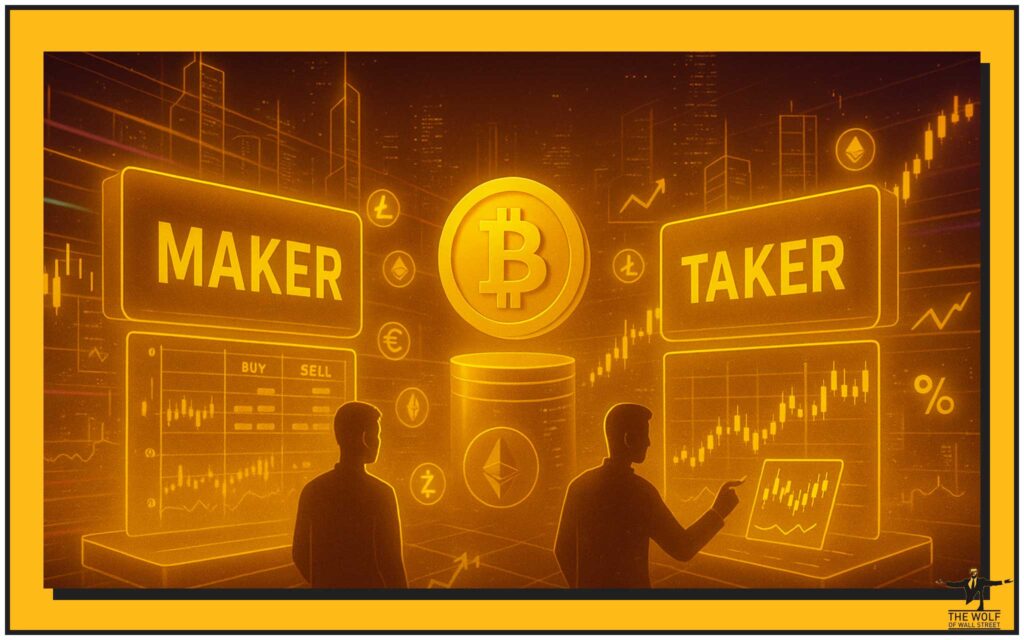
Decentralised Exchanges (DEXs): A New Frontier 🌐
Decentralised Exchanges (DEXs) are fundamentally changing the game by removing traditional intermediaries. This creates entirely new dynamics for liquidity provision, often relying on Automated Market Makers (AMMs) and liquidity pools rather than traditional order books with distinct makers and takers. In AMM models, liquidity providers contribute assets to a pool and earn fees from trades, essentially acting as passive market makers. Understanding these new models is crucial for staying ahead, as DEXs represent a significant part of the future of crypto trading. Delve deeper into the world of DeFi and explore the innovations in Layer-1 and Layer-2 solutions to see how these advancements are shaping the way liquidity is provided and consumed.
🔥 Unleash Your Potential: Join the The Wolf Of Wall Street Community!
Now, you’ve got the knowledge, but knowledge alone won’t make you a millionaire. It’s just the first step. To truly dominate this market, to turn this understanding into actionable, life-changing wealth, you need the right tools, the sharpest insights, and a community of like-minded winners. That’s where the The Wolf Of Wall Street crypto trading community comes in.
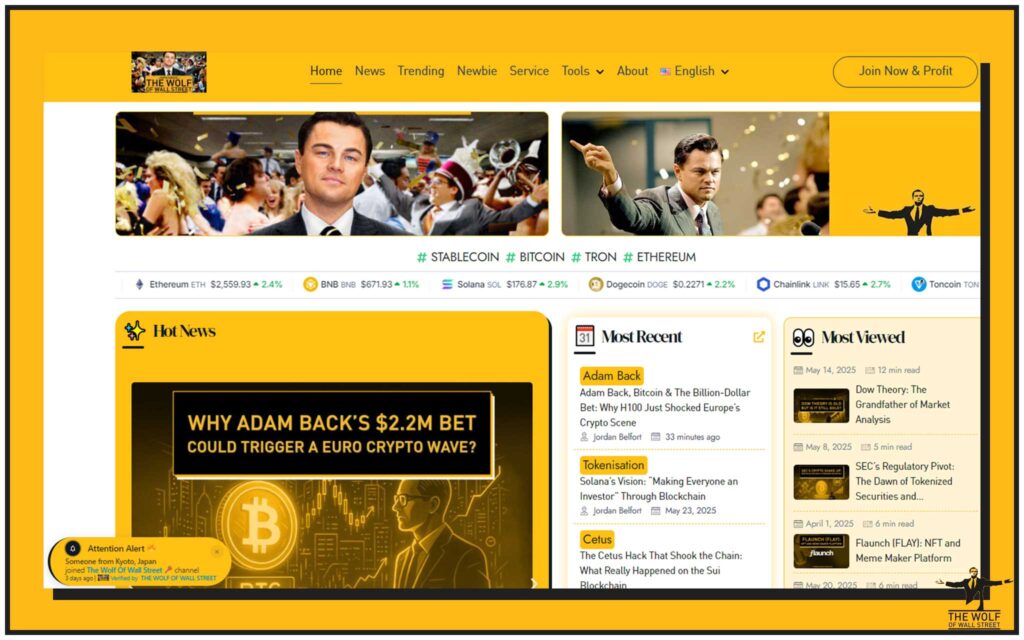
We offer a comprehensive platform for navigating the volatile cryptocurrency market – a battlefield where only the prepared thrive. Here’s what you gain, without the fluff, direct to your pocket:
- Exclusive VIP Signals: This isn’t some guessing game. You get access to proprietary signals designed specifically to maximize your trading profits. These aren’t just hunches; they’re battle-tested strategies, born from deep market analysis, that deliver real results. This is about precise entries and exits, giving you the edge you need.
- Expert Market Analysis: Benefit from in-depth analysis from seasoned crypto traders who live and breathe these markets. We cut through the noise, the FUD, and the hype, and give you the actionable intelligence you need to make informed decisions. This is about seeing the market clearly, without distractions.
- Private Community: Join a network of over 100,000 like-minded individuals. This isn’t just a chat group; it’s a powerhouse of shared insights, support, and collective intelligence. You’re no longer trading alone in the dark; you’re part of a winning team, exchanging ideas and leveraging collective wisdom.
- Essential Trading Tools: Utilise cutting-edge volume calculators and other resources that give you a strategic advantage. We provide you with the instruments to analyse market depth, understand true volume, and make decisions based on data, not emotion.
- 24/7 Support: You’ll never be left in the dark. Receive continuous assistance from our dedicated support team, ready to help you navigate any challenge, anytime. Because in this market, timing is everything, and you need reliable support around the clock.
Empower your crypto trading journey and unlock your potential to profit in the crypto market with The Wolf Of Wall Street. This isn’t just about making a few quid; it’s about building an empire. It’s about seizing control of your financial destiny.
Don’t just stand there, act! Visit our website: https://tthewolfofwallstreet.com/ for detailed information and to kickstart your journey.
Join our active Telegram community: https://t.me/tthewolfofwallstreet for real-time updates and discussions. The money is there for the taking; you just need to reach out and grab it.
🤯 FAQ: Your Burning Questions Answered
Q: Why do market makers get lower fees?
A: It’s simple economics, really. Market makers provide liquidity by placing limit orders that sit on the order book, making it easier for others to trade. They are essentially facilitating the market for everyone else. Exchanges incentivise them with lower fees, and sometimes even rebates (meaning they get paid to trade!), because their activity attracts more volume and makes the exchange more appealing. It’s a win-win: makers get a fee advantage, and the exchange gets a healthier, more active market.
Q: What is “slippage” for market takers?
A: Slippage is a real profit killer if you’re not careful. It occurs when your market order executes at a different price than you expected at the moment you placed it. This happens frequently in fast-moving, volatile, or illiquid markets. Imagine you want to buy 10 Bitcoin at $60,000, but there are only a few orders at that price. Your large market order might “slip” through those orders and start filling at $60,001, then $60,002, and so on, until your entire order is filled. The result? Your average purchase price is higher than you anticipated. It’s the cost of immediate execution in a market with insufficient depth at your desired price.
Q: Can a single trader be both a market maker and a market taker?
A: Absolutely! Many sophisticated traders, hedge funds, and institutional players employ strategies that involve both roles. Depending on market conditions, their trading objectives, and the specific asset, they might strategically place limit orders to capture spreads (acting as a maker), and then quickly use market orders for rapid entry or exit if a significant price movement or opportunity arises (acting as a taker). It’s all about flexibility, adapting to the market, and having the right tools and capital to switch roles seamlessly. You need to be versatile in this game.
Q: How does automated trading impact market makers?
A: Automated trading, predominantly through sophisticated bots and algorithms, has revolutionised market making. These bots can react to market changes faster than any human, process vast amounts of data, and constantly adjust bid and ask prices to maintain razor-thin spreads. This has led to significantly increased market efficiency and consistent liquidity. For human market makers, it means increased competition and the necessity to either leverage advanced automation themselves or focus on niche, less automated markets. However, overall, it generally leads to tighter spreads and more liquid markets for everyone.
Q: Is it always better to be a market maker to save on fees?
A: Not necessarily. While market makers often pay lower fees, their strategy involves tying up capital in inventory, constant exposure to price volatility, and the need for sophisticated risk management to profit from tiny spreads. It’s a capital-intensive, high-volume game. Market takers, on the other hand, pay higher fees but gain the benefit of immediate execution, which is crucial for capitalising on fleeting opportunities or reacting quickly to market events. The “better” role depends entirely on your trading strategy, risk tolerance, capital, and what you aim to achieve in the market. It’s about optimizing your approach for your specific goals, not just chasing the lowest fee.

